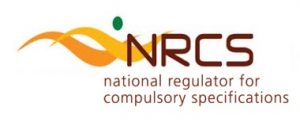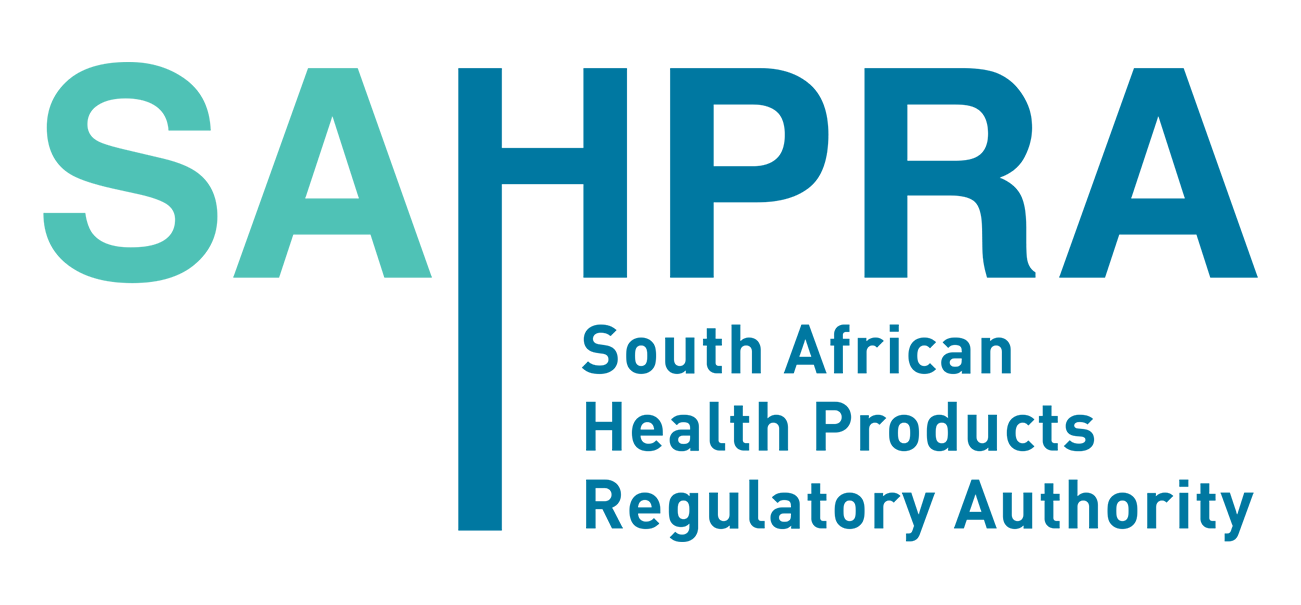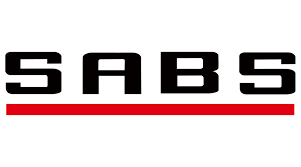1. In the wake of the coronavirus (COVID-19) crisis, and with the increase in the need and use of devices and equipment to prevent the spread of coronavirus, including hand sanitisers and personal protective equipment (PPE), it is paramount that the regulatory status of such devices and equipment is clearly articulated and disseminated to the industry.
2. To assist manufacturers during the COVID-19 crisis, the South African Bureau of Standards (SABS) in collaboration with South African Health Products Regulatory Authority (SAHPRA), the National Regulator for Compulsory Specifications (NRCS), and the Department of Trade and Industry will provide support to manufacturers and distributors in respect of applicable standards and conformity assessments to assist them to prepare for the licensing and approval process.
Hand Sanitisers, Hand Gels, Surface Sanitisers, Antiseptics, Disinfectants and Germicides
3. Sanitising products may fall into various regulatory groups depending on the:
a. Application surface (human skin or inanimate surface)
b. Environment the sanitiser is used in (place of use)
c. Intended use and function; and
d. Composition
4. Hand sanitisers are generally regarded as “Rub” or “Leave on” products primarily used to sanitise the skin, when soap and water are not available, and are left on and not rinsed off with water. These are controlled under the ambit of the Foodstuffs, Cosmetics and Disinfectants Act, 1972 (Act 54 of 1972) (FCD Act) and fall within the mandate of the Directorate: Environmental Health within the Department of Health.
5. Hand sanitisers must comply with the South African National Standard (SANS) 490:2013 “Disinfectant alcohol-based handrub”, as well as the Legal Metrology Act, 2014 (Act 09 of 2014),
in terms of packaging and labelling and any compulsory standards issued by the NRCS.
6. Disinfectants and germicides used on inanimate surfaces in low risk areas within the home, public venues (schools, restaurants), health institutions, health professional consulting rooms and clinics are controlled under the ambit of the FCD Act, and fall within the mandate of the Directorate: Environmental Health within the Department of Health. These products must comply with the requirements of the “Compulsory specification for chemical disinfectants VC8054” as set out by the NRCS, the Legal Metrology Act, 2014 (Act 09 of 2014) as well as all relevant SANS standards.
7. Disinfectants, antiseptics and germicides used on inanimate surfaces in areas of high risk (hospital operating rooms, intensive care units (ICU), burn units, Cath Laboratories), are controlled as medical devices under the ambit of the Medicines & Related Substances Act, 1965 (Act 101 of 1965) (Medicines Act) as amended; and fall within the mandate of the South African Health Products Regulatory Authority (SAHPRA).
8. Disinfectants used to clean medical instruments are controlled as medical devices under the ambit of the Medicines Act as amended; and fall within the mandate of the SAHPRA.
9. Products primarily claiming to kill germs, disinfect or sanitise or using an active antimicrobial ingredient such as the hand sanitisers used in hospitals, are controlled as medicines under the ambit of the Medicines Act as amended; and fall within the mandate of the SAHPRA.
10. Antiseptic and anti-bacterial products specifically for use as surgical scrubs in operating theatres and used on human skin in hospitals’ operating rooms, ICU, burn units, and cath laboratories which make claim to treat/ prevent infection are controlled as medicines under the ambit of the Medicines Act as amended; and fall within the mandate of the SAHPRA.
11. Where the intended use or claim for a product mentioned above lies both in a low risk area and a high risk area, the product will fall under the regulatory ambit of the Medicines Act as amended; and fall within the mandate of the SAHPRA.
General, Surgical (Medical) Face Masks and Respiratory Protective Devices (Respirators)
12. Face masks fall into different regulatory groups depending on the type of face mask and intended use of the face mask: General, Medical (Surgical) Masks and Respirator Masks.
13. General face masks, including textile or fabric cloth face masks are not considered protective against respiratory viruses and may not make claims to protect the user or the public from infective agents.
14. General face masks, when not intended for a medical purpose and no claim is made for protection from viruses, do not fall under the regulatory control of the Medicines Act as amended or the National Regulator for Compulsory Specifications Act, 2008 (Act No. 5 of 2008).
15. Surgical Masks and Medical Respirator Masks are classified as Class A medical devices controlled under the ambit of the Medicines Act as amended; and falls within the mandate of the SAHPRA.
16. Surgical face masks must also comply with the SANS 1866-1:2018 “Medical Face Masks” and SANS 51049:2003” Respiratory protective devices - Filtering half masks to protect against particles’, as well as the Legal Metrology Act,2014 (Act 09 of 2014), in terms of packaging and labelling.
17. Respirator masks and particle filtering half masks (dust masks) must also comply with the minimum requirements set out in the Compulsory Specification for respiratory protective devices - VC8072:2011, as published by Government Notice No. R. 407 (Government Gazette No. 34272) of 13 May 2011 and the relevant SANS: SANS 50136:1998 “Respiratory Protective Devices - Full Face Masks” and SANS 51043:2003 Respiratory Protective Devices – Particle Filters”.
18. Depending on the intended use of the mask and the environment in which the mask is used, respiratory protective devices are also subjected to the provisions of the following Acts:
• National Regulator for Compulsory Specifications Act, 2008 (Act No. 5 of 2008)
• Mine Health and Safety Act, 1996 (Act No. 29 of 1996)
• Occupational Health and Safety Act, 1993 (Act No. 85 of 1993)
19. Face masks certified against the above-mentioned standards can be identified by the standard marked either on the package or the mask itself.
Surgical, Examination and General Gloves
20. Gloves fall into different regulatory groups depending on the intended use of the gloves.
21. If the gloves are intended to be used by healthcare professionals to protect the patient during a medical examination or during a surgical procedure, these examination gloves or surgical gloves are regulated as medical devices controlled under the ambit of the Medicines Act as amended; and falls within the mandate of SAHPRA.
22. Examination non-sterile gloves are classified as Class A medical devices and surgical sterile gloves are classified as Class B medical devices.
23. Sterile and non-sterile gloves must equally comply with SANS11193-1:2010 “Single-use medical examination gloves Part 1: Specification for gloves made from rubber latex or rubber solution” and SANS68:2003 “Single-use sterile rubber surgical gloves”
24. General gloves used to protect the wearer (use in laboratories or for protective purposes) must also comply with the relevant SANS standards.
|
DR B SEMETE-MAKOKOTLELA
CEO OF SAHPRA
09 APRIL 2020
|
MR EDWARD MAMADISE
CEO: NRCS
09 APRIL 2020
|
MS JODI SCHOLTZ
LEAD ADMINISTRATOR
09 APRIL 2020
|
|

|

|

|
Download Comm to Industry_Covid-19_Reg Status of Equipment-10April2020.pdf






